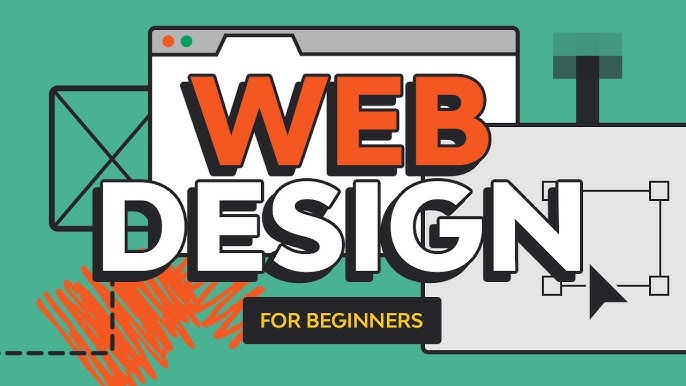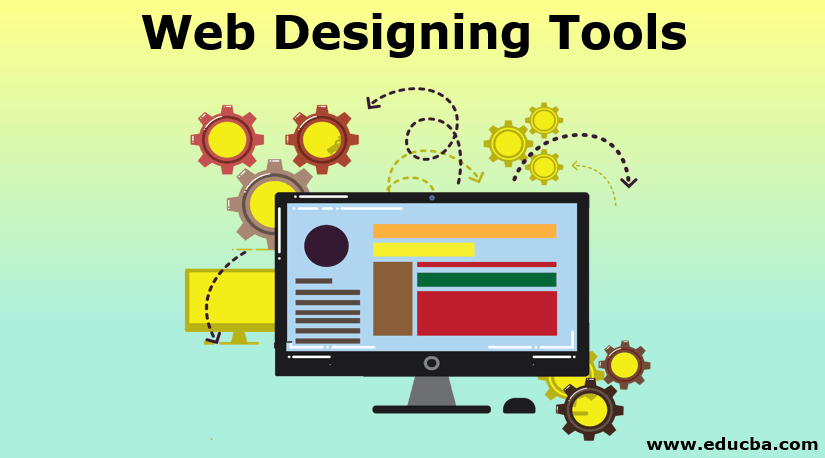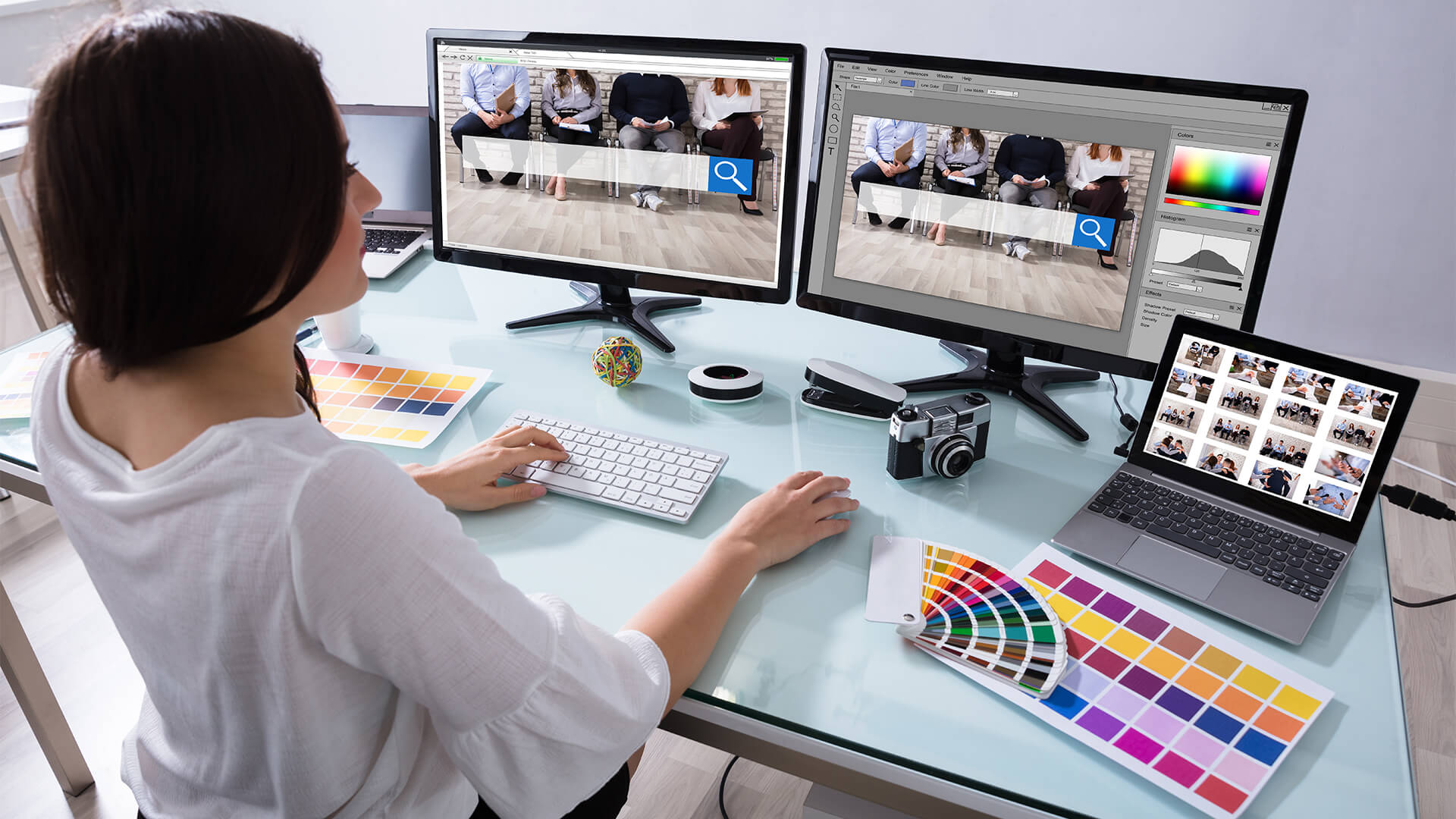Aligned Position Web Design: Boost Your Brand’s Visibility with a Stunning Website
The Very Best Types of Web Layout to Improve Customer Experience and Interaction
In the ever-evolving landscape of electronic interaction, the performance of website design substantially influences user experience and engagement. Different style strategies, such as minimal, receptive, and interactive layouts, each offer one-of-a-kind advantages that can provide to varied customer requirements. Recognizing which kinds of Web style finest offer these purposes can be crucial for organizations aiming to improve consumer complete satisfaction and retention. The question remains: which design elements really reverberate with individuals and foster meaningful interaction? The exploration of these concepts exposes crucial understandings that might redefine your method to website design.
Minimalist Web Layout
As digital landscapes become progressively chaotic, minimalist website design has become an effective strategy to boosting individual experience. This style philosophy focuses on simplicity, concentrating on essential components while getting rid of unneeded distractions. By using adequate white room, simple navigation, and a limited color scheme, minimalist layout cultivates quality and guides individual focus to crucial web content.
The core principle of minimal Web layout is to develop a seamless interaction for customers. By decreasing cognitive load, individuals can quickly realize details without really feeling bewildered. This direct approach not only enhances functionality yet additionally motivates interaction, as site visitors are most likely to discover a site that is aesthetically appealing and very easy to browse.
Furthermore, minimal style commonly emphasizes typography and imagery, using these aspects tactically to share messages efficiently. In essence, minimal Web style is not just a fad; it is a thoughtful methodology that acknowledges the importance of user-centered layout.
Receptive Web Layout
In today's diverse electronic atmosphere, responsive Web layout has actually become essential for developing a seamless user experience throughout a wide range of devices. As users accessibility internet sites on mobile phones, tablet computers, desktop computers, and laptop computers, the capability of a website to adjust its design and material to different screen sizes and resolutions is essential.
Responsive Web style utilizes adaptable grids, images, and CSS media inquiries to make certain that Web material exists ideally, despite the tool utilized. This technique not only enhances the visual appeal of a site yet likewise significantly boosts usability. Individuals are most likely to involve with a site that supplies a consistent experience, as it gets rid of the stress of needing to zoom in or scroll exceedingly.
In addition, internet search engine, consisting of Google, prioritize mobile-friendly web sites in search rankings. By taking on receptive layout, organizations can boost their visibility and get to a broader target market. This strategy likewise streamlines site maintenance, as a single variation of the website can accommodate all devices, decreasing the need for several variations. In recap, receptive website design is a basic practice that improves individual experience, involvement, and general fulfillment.
Interactive Website Design
Receptive website design lays the foundation for improving customer experience, yet interactive Web layout takes this an action even more by involving individuals in a more dynamic means - Aligned Position Web Design. By integrating aspects such as computer animations, clickable models, and real-time feedback, interactive website design mesmerizes individuals, attracting them into a richer browsing experience
This technique not just promotes engagement however additionally encourages individuals to discover content proactively instead of passively eating it. Methods such as gamification, where customers make incentives for completing jobs, can significantly improve the moment invested in a site and boost general complete satisfaction. Interactive functions can simplify intricate info, making it more absorbable and enjoyable.

Integrating interactive layout components can additionally result in higher conversion prices, as users are most likely to engage with a site that actively includes them. Aligned Position Web Design. Eventually, interactive Web design transforms individual experiences right into remarkable journeys, making sure that site visitors return time and once again
Flat Style
Identified by its minimalistic approach, level design highlights simplicity and capability, removing away unnecessary components and concentrating on necessary functions. This layout approach focuses on functionality, making certain that users can navigate interfaces with convenience and effectiveness. By utilizing a tidy aesthetic, level layout removes the clutter often located in more luxuriant styles, thereby boosting customer focus on material and capability.
The characteristic of flat design depends on its use strong colors, straightforward typography, and geometric shapes. These components add to an aesthetically enticing interface that is both modern-day and friendly. In addition, level layout promotes a feeling of over at this website quality, enabling customers to discern necessary actions and details without disturbance.
In addition, level style is especially efficient in receptive Web style, as its simplicity converts well throughout various devices and screen sizes. The absence of elaborate appearances and slopes reduces filling times, which is crucial for keeping individual engagement. As digital landscapes continue to advance, flat design stays a relevant choice for creating user-friendly web sites that boost total experience. By focusing on vital attributes, level layout not just satisfies individual needs yet additionally urges smooth communication, making it an essential element of effective Web style techniques.
Flexible Web Layout
Flexible website design tailors the individual experience by producing several fixed designs tailored to various screen sizes and gadgets. Unlike receptive layout, which fluidly readjusts a solitary format, flexible layout employs distinct formats for specific breakpoints, guaranteeing ideal discussion on different platforms. This method permits designers to concentrate on the special characteristics of each gadget, boosting functionality by delivering precisely what customers need based upon their context.
Among the main benefits of flexible Web design is its capability to optimize load times and performance. By offering tailored content and pictures that fit the individual's gadget, websites can decrease information usage and boost loading speeds. This is especially helpful for customers with slower connections or limited information strategies.

Additionally, adaptive style promotes a much more consistent and controlled branding experience. Because designers develop numerous layouts, they can guarantee that the visual elements line up with the brand's identity across different platforms - Aligned Position Web Design. This leads to a cohesive individual experience, enhancing involvement and promoting individual retention
Final Thought
Finally, the integration of minimalist, responsive, and interactive website design concepts considerably improves customer experience and involvement. Minimalist design cultivates clearness and emphasis, while go to this site receptive design ensures adaptability across various tools, advertising availability. Interactive layout captivates individuals with dynamic aspects, motivating exploration and customization. Collectively, these design approaches add to the development of easy to use environments that not just enhance contentment but additionally drive greater conversion rates, emphasizing their essential significance in contemporary Web layout approaches.

Minimalist design cultivates clearness and emphasis, while responsive design makes sure adaptability across different devices, advertising ease of access. Jointly, these layout approaches add to the development of user-friendly environments that not just boost contentment however also drive higher conversion prices, underscoring their vital value in modern Web design strategies.